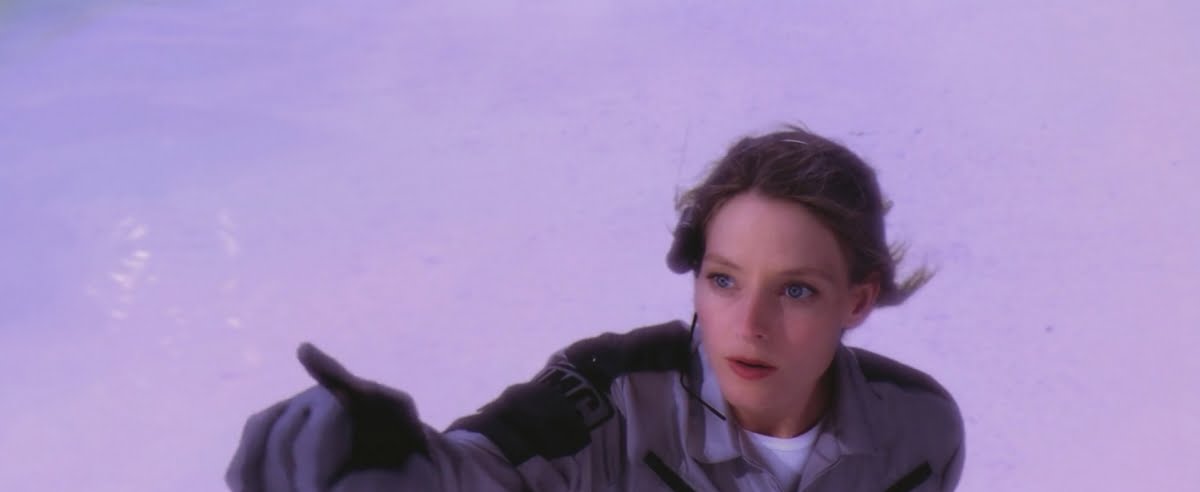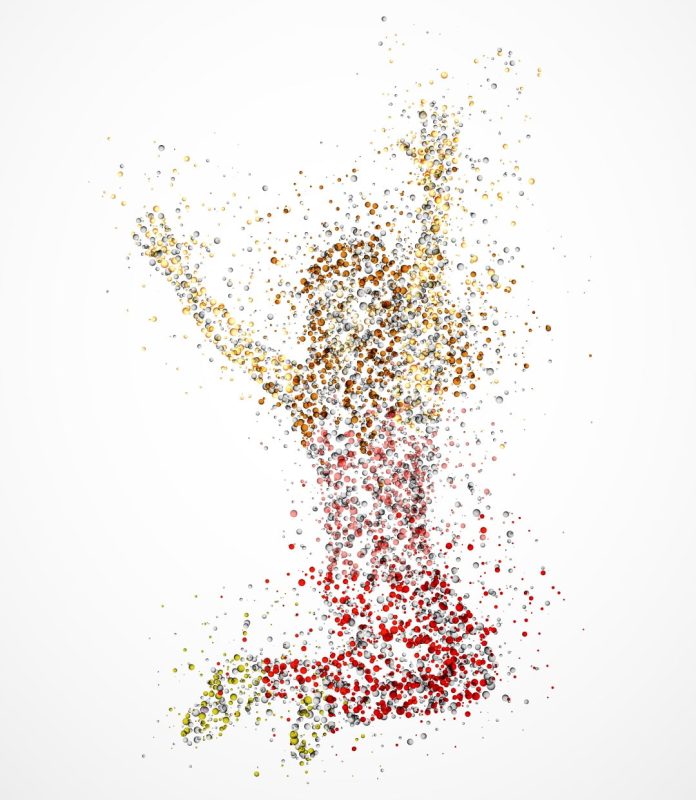SOMETHING interesting came out of SecTech Roadshow’s HD Camera Shootout, something still photographers have known for a long time. A beautiful image is a work of art requiring the combination of deep technical comprehension with creativity.
You mightn’t think CCTV installers would be interested in blowing away backgrounds to isolate faces in a foreground, leveraging ambient light to increase detail or using CCTV cameras to tell stories but thoughtfully considered and within the constraints of typical lens focal lengths and aperture ranges, that's exactly what they are doing.
Commissioning IP cameras is a tap dance but there’s plenty installers can do to ensure they get useful performance without completely rebuilding an image stream. Too often cameras are installed with no regard for the realities of optical performance and the results are image streams that fail to deliver operational benefits.
Too much backlight causes blooming, loss of colour, smokiness, and purple fringing. Too little light causes noise and loss of depth of field. Extremes of both may cause loss of detail through digital smoothing of overwrought image streams. Poor choice of wide angle lenses for every scene wracks images more sensibly viewed at mid focal ranges, denying investigators useful digital zoom capabilities in key central parts of a scene.
Most cameras sold today are 1080p. While they’re excellent at what they do, this resolution imposes limits on the ability to dig down and re-frame a scene viewed at wide angles, to digitally zoom and crop while retaining worthwhile detail. All you installers and system operators out there know that 25 per cent zoom at 1080p with a wide lens can fragment a view into meaningless pixel fragments – the deeper into the scene you are looking, the worse this gets. And when you’re cramped for bitrate, you’d best not touch that digital zoom at all.
Because of these pressures, being creative about CCTV camera image streams is more vital. It includes thinking hard about lens selection. If you are using varifocal you want to dial in the best possible focal length so that all your sensor's resolution is concentrated on the most vital areas of the scene. Choose your region of interest during commissioning and do this optically.
Sure, you can scrub out bare walls and sky from an image as part of storage processing, but if you want the best images, you want your pixels concentrated for best detail and digital zoom. Pixels that gather light reflected from redundant parts of a scene are pixels wasted and once wasted by poor camera setup, that resolution can never be recovered. And remember this. Digital zoom can be a handy tool for isolating events but unlike optical zoom, which always retains a sensor's entire resolution, digital zoom always, always, reduces visible image quality. Dr. Ellie Arroway was wrong. Digital zooming reveals less detail, not more.
 There are four hundred gazillion pixels out there, just in our galaxy alone.
There are four hundred gazillion pixels out there, just in our galaxy alone.
When you’re building a camera view, do so with operational parameters firmly in mind. You want your image to tell investigators or system operators the story of what is taking place in a particular scene. You want to show them the things they need to see and ignore those things that will distract. You want your video evidence to be conclusive. When you look at a scene, look through a mental viewfinder. What’s important? What is noise? What will ruin your image, when and why? You need to be creative but in which ways?
It's not just about choosing the right focal point. First and most important, you need to develop an eye for light – an ability to relax your eyes and take in a camera view, at all times feeling for light. Seeing the way it falls on your target area, the way it reflects from adjacent surfaces, the way it throws parts of a scene into shadow while revealing detail elsewhere. The way it overexposes some parts of a scene, tormenting a camera with backlight, smudging texture and stealing detail. Where is the ambient light after hours? From which direction does it come and from which surfaces will it reflect?
Something else that’s vital to comprehend is the nature of colour and the way it interacts with light. If you’re using a colour camera, you want that camera to offer the best possible rendition of colour you can. That means placing the camera sympathetically to ensure it gives you the best performance. For instance, if you install a camera viewing a light coloured external wall that will radiate huge amounts of light in the afternoon you’ll get smoky areas of over exposure and consequent loss of image detail. Conversely, the reflectance of ambient light from the same wall may provide a camera sited sympathetically a beautiful colour image stream at night.
Then there’s the physical nature of the scene itself. What is its context? Can you provide a spatial sense of perspective and reveal movement through that space? Where is the area of highest risk, what are the approaches and exits? Where do people gather? Watch people in the target area. What is the best point to identify them? Is it at the top of the stairs when they raise their heads after the climb, or half-way up when they are looking at their feet? And what aspects of the environment, a TV monitor, clock tower or advertising screen, might encourage people more often than not, to look up? Motion blur will often deny you face recognition – try to avoid scenes in which people move at right angles across the field of view at close range. You might identify them in perfect light but in poor light, there's no chance.
If you need a face at a particular focal length, don’t use the widest setting of your varifocal, go long. If you need facial ID and situational awareness, go UHD or higher, install 2 cameras, or if you have a manned operational centre, think about a PTZ. If you are an installer who always goes default at the widest setting, you can be sure that sooner or later an application will show the frailty of your lack of choice. Default works in those areas that suit the shape and nature of default coverage. Outside these parameters, it’s always a compromise.
At SecTech’s HD Camera Shootout we saw quite clearly that small differences in light made huge differences to camera performance. We saw that reflectance off adjacent light coloured walls and ceilings in some cases doubled light at the lens. We saw that with standard issue lenses, face recognition demands a focal point of about 6 metres, even less at night. We saw that wide angle lenses softened the image in the central part of a scene. We saw that IR light was much better than no light but that it did not give as much detail as the best low light cameras until we got under 3 lux. We also saw that when IR is installed too close to the lens it can cause flare off areas of high reflectance, like number plates.
We saw that strong backlight impacts heavily on some cameras and that while it’s possible to manage backlight, this can come at the cost of image detail lost to digital smoothing. We saw that going to black and white early – say 7 lux – was often better than trying to hold colour too long. The contrast of monochrome image streams provided by good day/night cameras down to 3 lux was generally exceptional and in some cases it gave us excellent face recognition. We also saw that very low light caused ISO increases, generating noise that obliterated detail in most our cameras.
Taken as a whole, we saw that while camera settings were important, small adjustments in the environment were more important still. Given the strains of a typical external application, where possible it’s better to create camera views that sidestep or mitigate challenges of low light and no light, that make the best possible use of available light. Cameras can manage extremes but you’ll get better image quality if you creatively manage these challenges for them.♦
By John Adams










